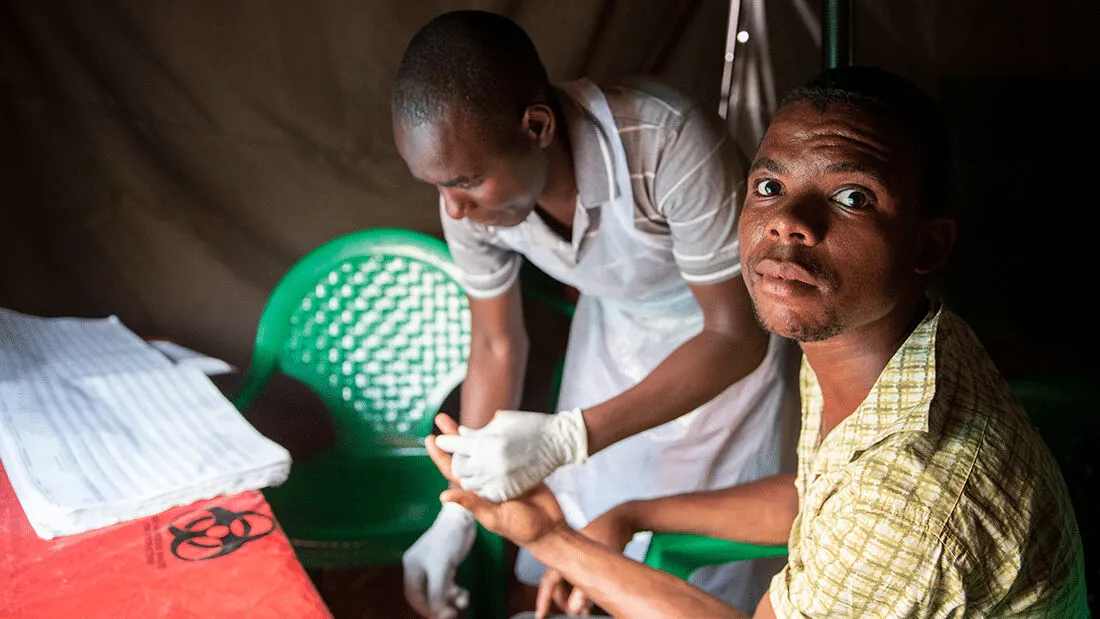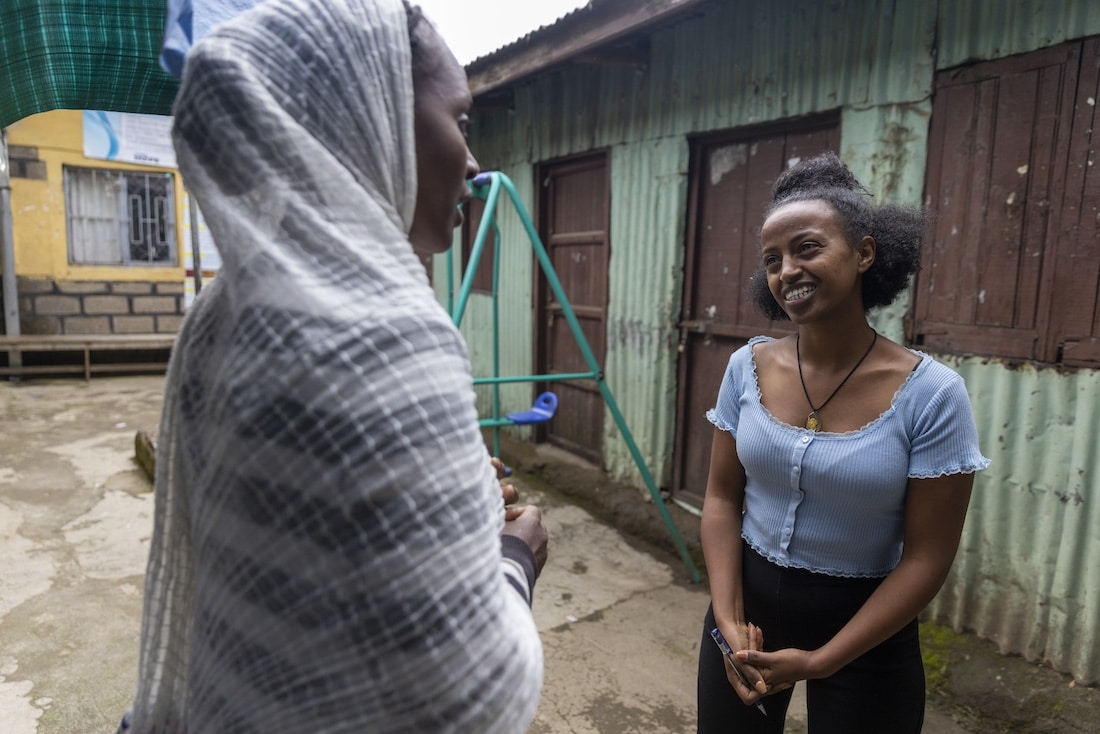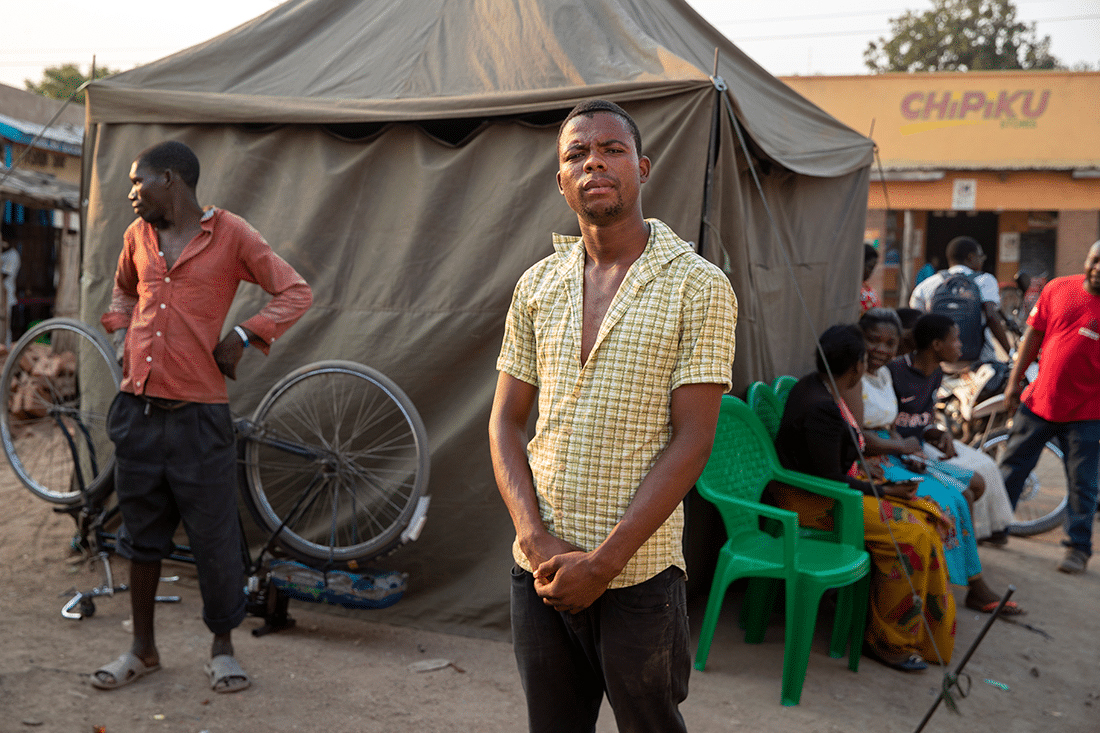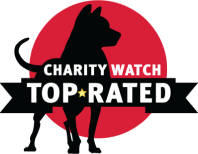4 Facts: HIV/AIDS
More than 38 million people are living with HIV or AIDS around the world—and access to treatment is not spread equally. Get the facts and learn more about what Project HOPE is doing to help.

After three years of the COVID-19 pandemic, it can be easy to forget about HIV/AIDS, another modern epidemic the world has lived with for 40 years.
The human immunodeficiency virus (HIV), first reported as pneumonia in 1981, is a virus that attacks the body’s immune system. If untreated, it can lead to Acquired Immunodeficiency Syndrome (AIDS), the most severe stage of HIV. An estimated 40 million people around the world have died from AIDS-related illnesses in the past four decades.
HIV is most commonly transmitted through sex or by sharing needles, though it can also be passed from mother to child during childbirth or breastfeeding. Many of the early cases were reported in gay men, which has led to stigmas that persist today. However, anyone who is sexually active, uses needles to inject drugs, or receives a blood transfusion is at risk. Today, women and girls account for 49% of all new HIV infections.
AIDS is no longer the death sentence it once was thanks to antiretroviral therapies, but treatment options vary depending on where someone lives and their socioeconomic status. Infection and mortality rates remain stubbornly high in some countries, especially in sub-Saharan Africa, where access to condoms, prevention education, and treatment is not available to all who need them.
Fact 1: The COVID-19 pandemic has resulted in a setback in the global fight against HIV/AIDS.
The COVID-19 pandemic has overwhelmed public health systems in many countries, flooding hospitals with patients and diverting already limited funding from the treatment and prevention of AIDS. Supply chain disruptions have also reduced the availability of condoms, HIV tests, and antiretroviral medications, which slow down the virus’s ability to replicate. Additionally, shelter-in-place restrictions disrupted people’s ability to get diagnosed or continue treatment.
In 2014, the Joint United Nations Programme on HIV/AIDS (UNAIDS) set an ambitious fast-track plan to end AIDS, called 90-90-90, where 90% of all people living with HIV would know their HIV status, 90% of people diagnosed would receive ongoing antiretroviral therapy, and 90% of those would have viral suppression. Because of the pandemic, these goals were missed in 2020 and 2021, dealing a significant blow to the global fight against HIV/AIDS.
As a result, the number of people in 2020 who sought testing for HIV declined by 22%, and the number who opted for HIV prevention services fell by 12% compared to the previous year. In 2021, an estimated 1.5 million people were newly infected with HIV globally, 1 million more than the target set by UNAIDS.

Fact 2: Access to AIDS treatment remains highly unequal globally.
Globally, access to basic HIV prevention and treatment tools such as condoms, testing, and antiretroviral therapies remains inconsistent. Only one-third of people considered at high risk for contracting HIV/AIDS—a group that includes gay men and other men who have sex with men, transgender people, people who use injectable drugs, sex workers, and prisoners—have regular prevention access.
Though HIV is manageable with antiretroviral therapies, it remains one of the biggest causes of death in sub-Saharan Africa. Of the 650,000 people who died in 2021 from AIDS-related causes, more than 70% were in sub-Saharan Africa. Worldwide, only half of the children infected with HIV globally receive the lifesaving treatment they need.
An estimated 4 million people with HIV do not know they are infected, while another 6 million are aware of their infection but are not receiving any treatment. To change this trend, the rest of the world must do more to share technology, research, and tools to ensure equal access to science and treatments. That includes helping countries reform laws, policies, and practices that tackle the stigma and exclusion faced by people living with HIV.
Project HOPE’s HIV programming began in the late 1980s in Swaziland and Malawi, where we introduced HIV Testing & Counseling (HTC) and integrated HIV services into communities and the health care system. In Ethiopia, Project HOPE is working with local organizations to expand HIV/AIDS screening and care, improve adherence to medication for patients, train community health workers, and provide technical assistance. In Nigeria, we are supporting the government and civil society organizations in their HIV response through peer navigators and support groups for patients and by improving access to quality treatment and care.
In Namibia and Zambia, we are working to reduce the stigma surrounding HIV/AIDS through support groups that encourage patients to keep taking their medicine. In Namibia, Project HOPE’s DREAMS program has helped tens of thousands of girls and young women launch their own businesses, protect their communities from COVID-19, and graduate as DREAMS ambassadors to mentor other girls across the country.

Fact 3: Since 2003, the U.S. government has invested more than $100 billion in the global HIV/AIDS response, saving more than 20 million lives.
Thanks to PEPFAR, 63 million people have received HIV testing, 19 million people are on life-saving antiretroviral medicine, and 3 million babies have been born without HIV.
The U.S. President’s Emergency Plan for AIDS Relief (PEPFAR) is the largest commitment by any nation to address a single disease in history. Overseen by the U.S. State Department, the initiative partners with governments, nonprofits, and hospitals in countries most impacted by HIV to provide prevention education, resources, and treatment. Because of this far-reaching investment, 20 countries have been able to successfully control HIV or reached 90-90-90 targets. Additionally, 63 million people have received HIV testing, 19 million people are on life-saving antiretroviral medicine, and 3 million babies have been born without HIV thanks to interventions funded by PEPFAR.
The initiative has enjoyed bipartisan support in the U.S. Congress, which will be asked to reauthorize funding in September 2023 for the fourth time since its creation. This will be essential to ensure that the many organizations that are part of PEPFAR can continue doing their life-saving work and end the AIDS epidemic by 2030. PEPFAR has already been leveraged to respond to COVID-19, H1N1 influenza, and Ebola and should continue to be used to address the growing threat of emerging diseases. As PEPFAR enters its 20th year, the focus has shifted from responding to the initial crisis to prevention and support of chronic, non-HIV-related conditions such as cancer, hypertension, and diabetes.
Fact 4: HIV vaccine trials have shown promising results as scientists continue to work on a cure or vaccine for the virus.
Unlike SARS-CoV-2 or influenza, the HIV virus does not sufficiently respond to antibodies. Instead, it mutates rapidly, spinning off genetic changes that make it resistant to vaccines or other therapies. The virus can also embed itself in the DNA of certain host cells, where it hides until becoming active again. When someone starts HIV medication, the virus goes into remission or becomes latent but is not eliminated from the body.
Researchers are working to find a way to use this quirk to “lock down” the virus, then use genome editing technology to remove it from the body. Another approach currently being investigated is something scientists refer to as “shock and kill,” which wakes the virus up from latency and then kills the cells carrying the virus without affecting other cells in the body.
The second approach is more scalable, especially in communities with more limited health care access, because it could be achieved with a pill instead of gene therapy or a bone marrow transplant. The Immunodeficiency Virus Laboratory at Mayo Clinic is currently conducting clinical testing on several medications. There are also trials being carried out for a possible HIV vaccine, which has shown promising results in testing.







